I get lots of questions from folks asking how to adjust gluten free recipes for high altitude and my first answer is that you might not have to make an adjustment at all. These high altitude gluten free baking tips cover most all the major issues encountered by mile-high bakers, but if you want to add anything additional that you’ve learned through experience baking at high altitudes, please do!
High Altitude Gluten Free Baking Tips
Those of us unaccustomed to high altitudes often experience shortness of breath, headaches and quick sunburns when we visit higher locations. The air is thinner and the pressure is lower at 5,000 feet above sea level and beyond, but people aren’t the only things affected.
The same conditions that create these physical problems for living creatures can also affect baking, but not always.
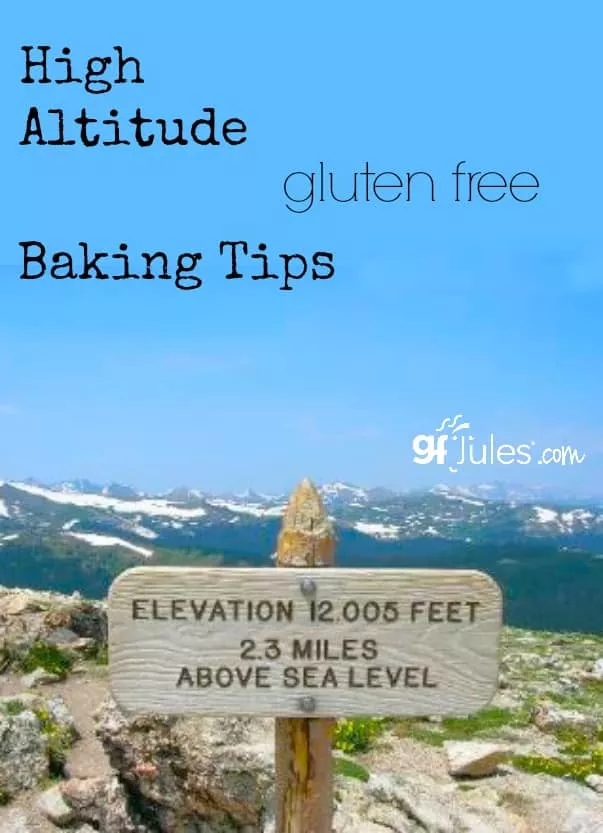
First let’s look at what happens when there is low atmospheric pressure, low humidity and thinner air. The first things you’ll notice in the kitchen are a lower boiling point, more rapid rising and drier baked goods from the reduced humidity.

Where this requires a change in gluten free baked goods is primarily in the leavening. Breads rise faster, leading to potential cave-ins because the cell structure isn’t set well enough to hold the bread’s shape.
Other leavening agents like baking powder and baking soda will also cause the gases in breads and cakes to expand/rise faster. (One teaspoon of baking powder at 5,000 feet yields 20% more volume than at sea level!)
So my recommendation is to try the gluten free recipe without adjustment first. Keep good notes so that you remember any problems that developed with each recipe, and what solutions you devised that worked. If you encounter problems, reference these tips to help.
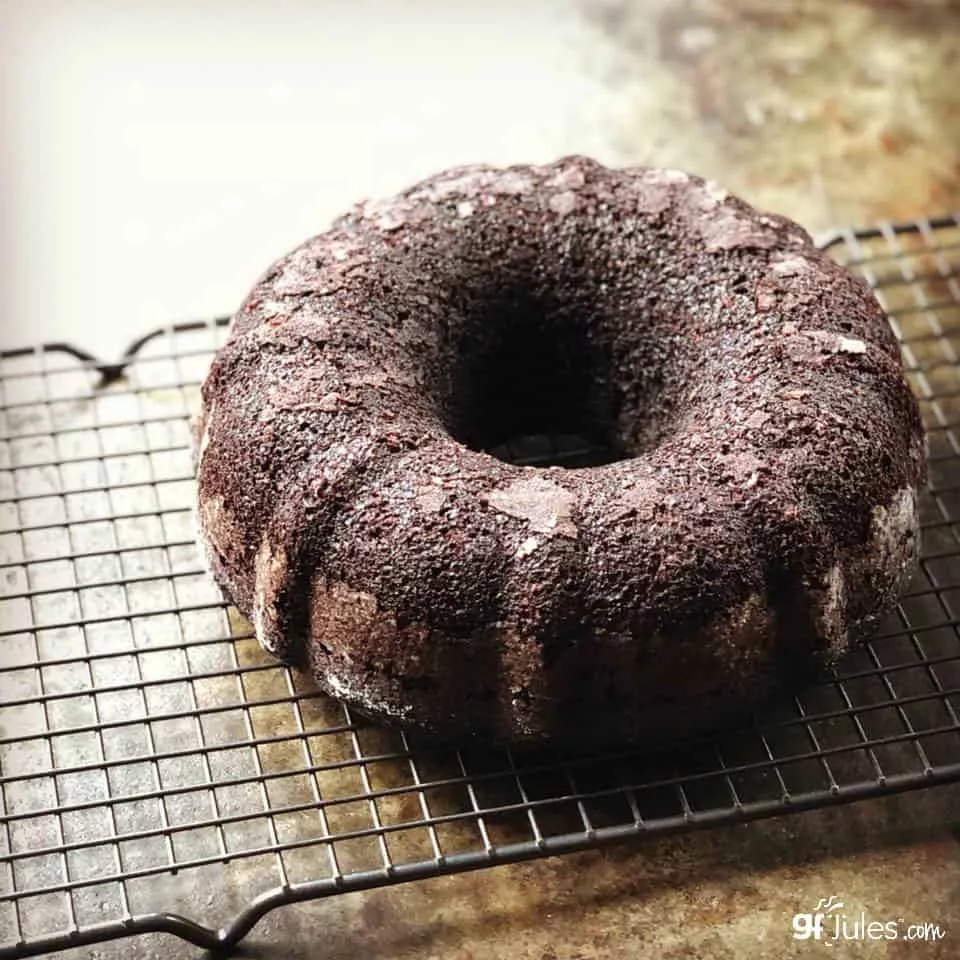
♦ What if your gluten free bread or cakes rise too fast and then collapse:

- Adjust the leavening agents: reduce baking powder by 1/4 teaspoon for each teaspoon called for in the recipe if you are baking above 6,000 feet. If you are baking at 8,000 feet or higher, reduce by 1/2 teaspoon for each teaspoon in the recipe.
- Reduce the rise time of yeast breads. Do not let the dough rise higher than the side of the pan. Check frequently to ensure bread is not rising more than double its size before baking.
- Do not fill muffins or cake pans more than 1/2 full.
- Do not omit salt in yeast bread recipes because salt will help to contain the rise.
- Try increasing the baking temperature by 25 degrees to help heat then set the cell structure faster so that it is better supported after cooling.
- Use extra large eggs instead of large eggs (eggs contain protein which helps to provide structure)
- Do not over-beat eggs, as this will enhance the rising of batters, which is not advised at high altitudes.
- For more gluten free bread baking tips, check out this article.
♦ What if your baked goods don’t rise well:
- Reduce salt and try switching to using unsalted butter if that is in the recipe, as salt can kill yeast.
- Increase the oven temperature by 25°F for breads, 15°F for cakes and reduce the bake time (bake time with have to be adjusted according to the recipe)
- Decrease the sugar in your recipe by 1 tablespoon per cup (due to increased evaporation, sugar will be concentrated and may weaken the recipe’s structure)
♦ What if your baked goods aren’t fully cooked (wet inside or dense):
- Bake longer! Some cakes and breads which bake in under an hour at sea level can take up to 1 hour and 20 or 30 minutes to bake at altitude. Reduce the oven temperature to 325F and bake for longer, checking frequently with a toothpick or internal thermometer to be sure it’s fully cooked before removing to cool.
♦ What if your recipe bakes out drier and more crumbly than it ought to be:
- Increase liquid by 1-2 tablespoons if baking at 3,000 feet; 3-4 tablespoons if baking at 6,000 feet; 4-5 tablespoons if baking at 7,000 feet or higher. A good rule of thumb is to increase liquids by 1/2 Tbs for every 1,000 feet over 3,000 feet.
- OR decrease gluten-free flour by 1 tablespoon per cup of flour.
- Add 1-2 Tablespoons of honey, agave, coconut nectar OR pure maple syrup to help hold moisture.
- Try substituting shortening for butter – it holds more liquid.
- Cover bread dough with damp towel to add humidity.
- Be sure you’re using gfJules Gluten Free All Purpose Flour to keep your baked goods light and soft, and to replace of other flours like bean or brown rice blends which already produce dry and crumbly foods.

♦ What to do if your gluten-free cookies flatten:
- Reduce the shortening or butter by 1-2 tablespoons.
- Substitute shortening for butter.
- Add 1/8 cup more gfJules Gluten Free All Purpose Flour per each cup of flour in the recipe.
- Reduce the amount of additions like chocolate chips.
- Add a tablespoon or so of powdered milk or non-dairy powdered milk (not reconstituted)
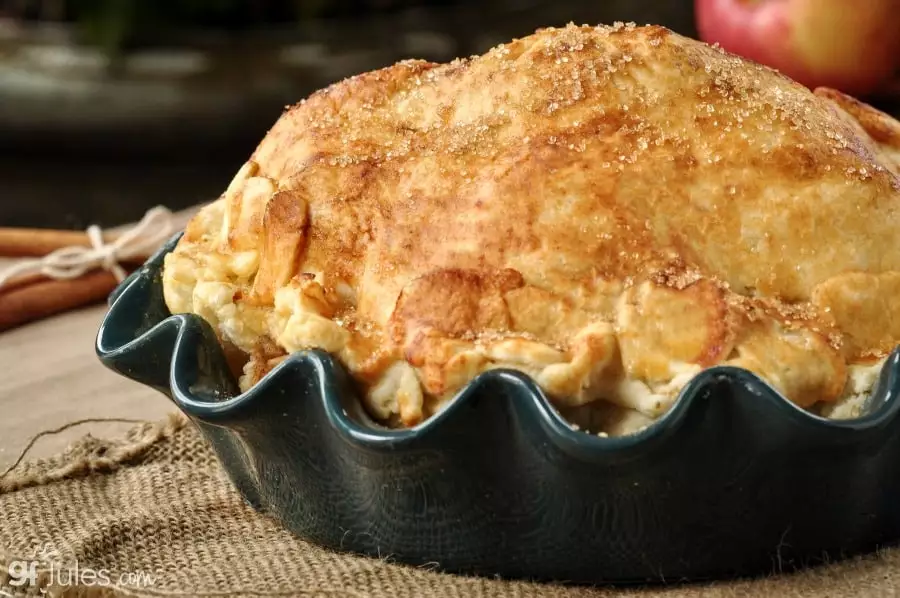
♦ What if your gluten free pie crusts or pastries are dry or tough:
- Reduce gfJules Gluten Free All Purpose Flour or use less flour to dust with and handle the crust as little as possible.
- Ensure the fats (butter, oil, shortening) and liquids are very cold when mixing.
- Increase liquid by up to 25% (I add 2-3 tablespoons of vodka to the liquids in my pie crusts with great success!)
- Never, never over-work your pastry doughs!
- For more gluten free pie crust tips and recipe, check out my top-rated Tips!
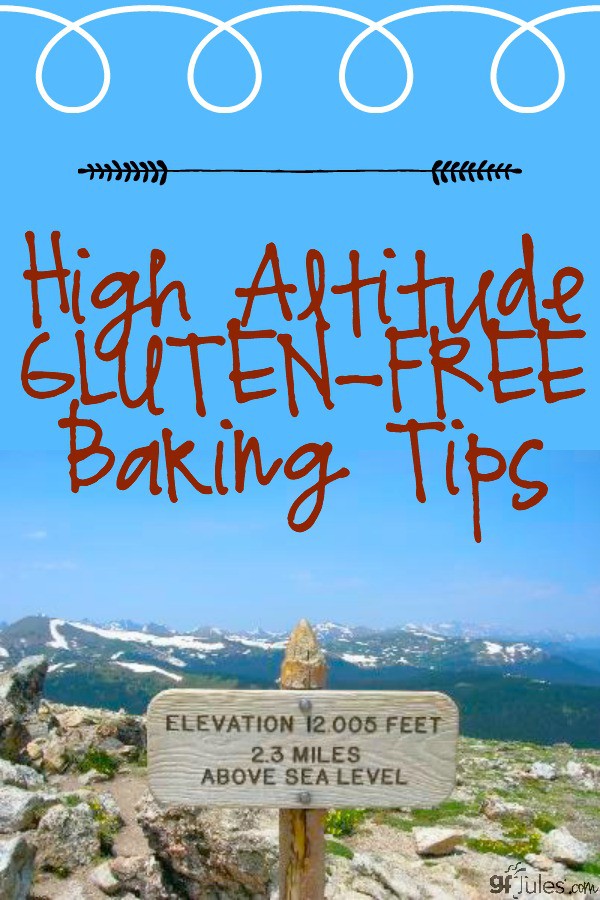







 (10 votes, average: 4.30 out of 5)
(10 votes, average: 4.30 out of 5)











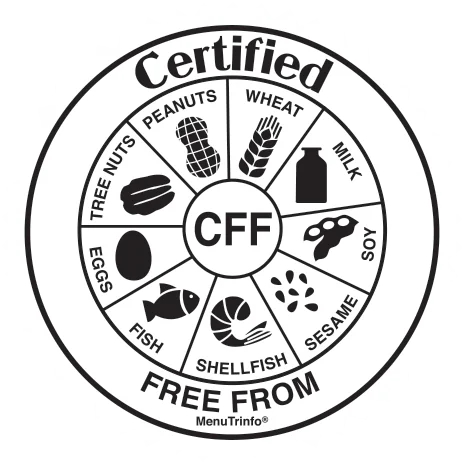




I’m moving from sea level to 4300 ft.
I will say after quite a while using Jules bread flour the only consistent problem is how dry and crumbly the loaves are after a couple days. I wait till they’re cool and put them in a bread bag and put them in the fridge.
Please tell me if I’m doing that wrong. Also, I started backing down on time by 5 up to 10 min and now I’ve put an extra egg yolk in and I see a denser consistency with a little less crumbles. I may try using butter with the oil to see if that holds more moisture.
Hi Sherry, thanks so much for sharing your experiences — I’m happy to help!!
First of all, I never recommend refrigerating baked goods of any kind, as that definitely dries them out! The bread bag (I assume you’re talking about a sealed one?) is great, or a tupperware type container. With my gfJules Gluten Free Bread Mix, in particular, the loaves stay soft and sliceable without crumbling for many days if you don’t refrigerate. That being said, the addition of an egg or even an egg yolk doesn’t hurt a thing. We found during the Pandemic that egg sizes started to be variable and many customers were adding an extra egg with success. You can either opt for extra large eggs or add an extra egg and you’ll be fine, especially at altitude. I’ve noted that on the bread mix product page (under ingredients tab). I would stop refrigerating and see if that helps before you make any other switches with butter, just so you’re keeping it to one variable at a time — all in the name of science!!
I hope that helps!
~jules
Any suggestions to keto high altitude baking? What different suggestions if any when using almond and coconut flour but mainly coconut?
It’s mostly about moisture when it comes to those flours, so pay attention to the high altitude tips pertaining to less or more moisture.
~jules